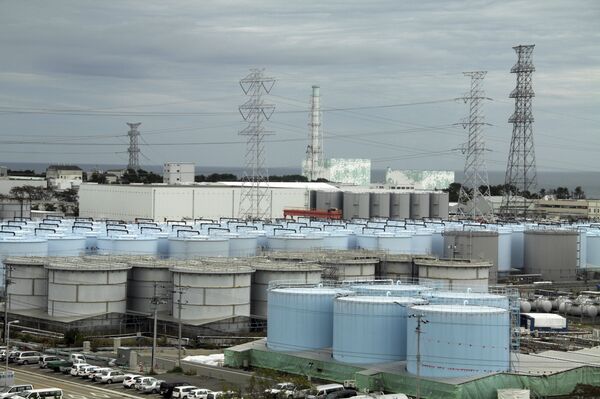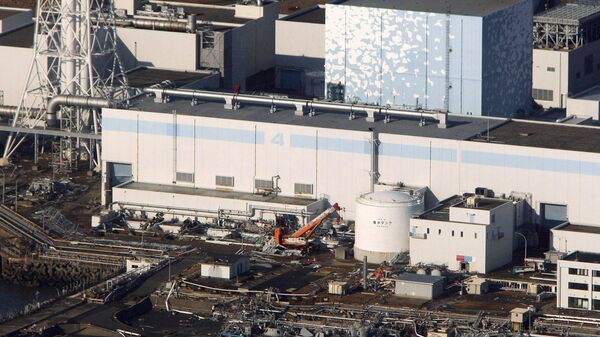A multinational group of scientists from six countries have discovered that microscopic plutonium- and uranium dioxide-laden particles released during the Fukushima Daiichi nuclear disaster have likely been spread across much of Japan.
In an article in an upcoming edition of Science of the Total Environment, a leading peer-reviewed environmental science journal, researchers from Japan, Finland, France, Switzerland, the UK and the US explained that although traces of plutonium were previously found in the atmosphere, soil and sea water following the plant’s meltdown, its physical, chemical and isotopic forms remained unclear.
In their study, the scientists determined that nano-fragments of plutonium were contained inside cesium—rich microparticles discharged from the disaster site, with the particles forming inside reactors as burning nuclear fuel mixed with structural concrete walls following the loss of containment. Upon release, the materials disintegrated into microscopic radioactive particles which winds then blew across Japan.
These radioactive microparticles are said to consist mainly of glass silica from concrete and radio-cesium (a highly volatile fission byproduct).

The ground-breaking study included an examination of the precise chemical composition of the microparticles using advanced analytical tools, including synchrotron-based micro-X ray analysis, ion mass spectrometry, and high-resolution electron microcopy.
In a press statement cited by EurekAlert, Dr. Satoshi Utsunomiya, co-lead author of the study, said that their work confirms that small amounts of plutonium were disbursed across areas as far as 230 km from Fukushima alongside cesium—rich microparticles.
“These results strongly suggest that the nano-scale heterogeneity that is common in normal nuclear fuels is still present in the fuel debris that remains inside the site’s damaged reactors. This is important information as it tells us about the extent/severity of the melt-down. Further, this is important information for the eventual decommissioning of the damaged reactors and the long-term management of their wastes,” Utsunomiya explained.
Praising the international collaboration behind the study, Dr. Utsunomiya stressed that although “it’s been almost ten years since the nuclear disaster at Fukushima…research on Fukushima’s environmental impact and its decommissioning are a long way from being over.”
The March 2011 Fukushima Daiichi nuclear disaster joined Chernobyl and the 1984 Union Carbide pesticide plant explosion in Bhopal, India among the worst man-made disasters in modern history, and continues to remain a threat to public health owing to the risk of tsunamis like the one which caused the initial disaster, as well as the issue of nuclear waste water being stored at the facility. Earlier this year, the International Atomic Energy Agency approved Tokyo’s plans to release contaminated water from the plant into the ocean, citing the alleged low contamination levels, sparking outrage among environmentalists and local residents. Fallout from the disaster has been seen in other manifestations as well, including the shipment of radiation-contaminated vehicles and other goods to third countries.




